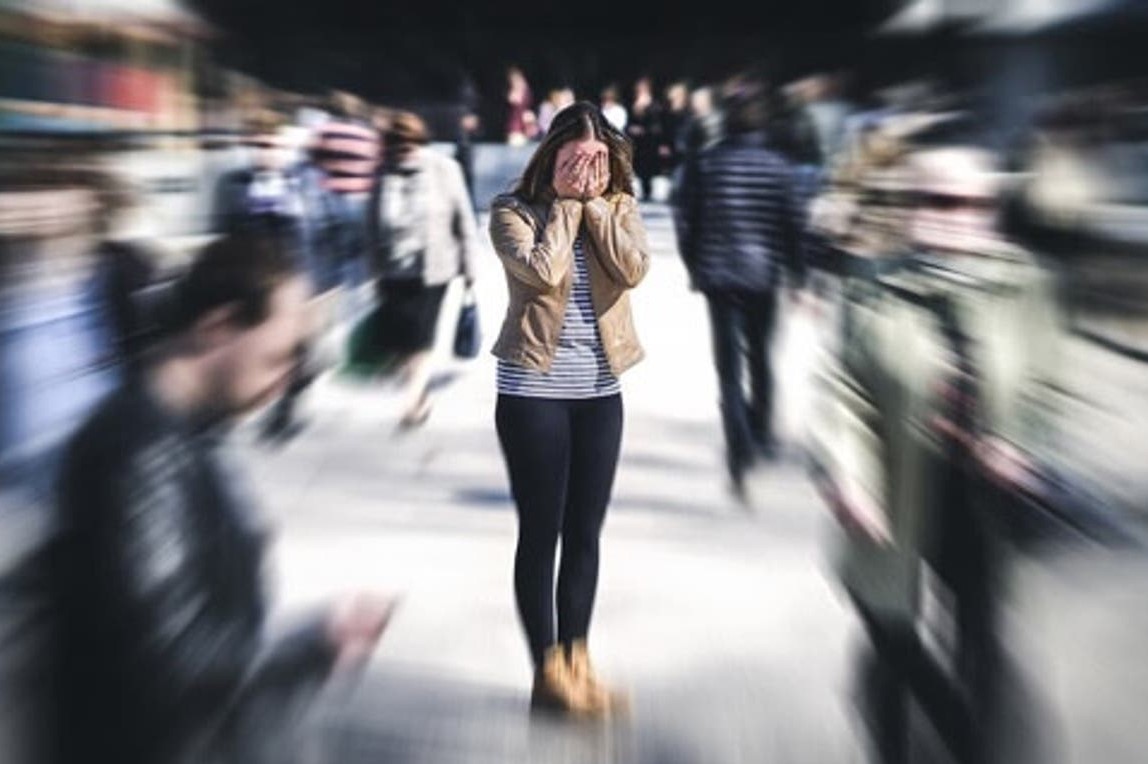
Anxiety, when does a normal reaction to stress become pathological?
Learn about anxiety disorders, including symptoms, risk factors, treatment options and answers to your questions. Anxiety is a normal reaction to stress and can be beneficial in some situations. It can alert us to dangers and help us prepare and pay attention
Anxiety disorders differ from normal feelings of nervousness or anxiousness and involve excessive fear or anxiety
Anxiety disorders are the most common of mental disorders and affect nearly 30 percent of adults at some point in their lives.
But anxiety disorders are treatable and a number of effective treatments are available.
Treatment helps most people lead normal productive lives.
Anxiety is a normal reaction to stress and can be beneficial in some situations.
It can alert us to dangers and help us prepare and pay attention.
Anxiety disorders differ from normal feelings of nervousness or anxiousness, and involve excessive fear or anxiety.
Anxiety disorders are the most common of mental disorders and affect nearly 30 percent of adults at some point in their lives.
But anxiety disorders are treatable and a number of effective treatments are available.
Treatment helps most people lead normal productive lives.
Fear is an emotional response to an immediate threat and is more associated with a fight or flight reaction – either staying to fight or leaving to escape danger.
Anxiety disorders can cause people into try to avoid situations that trigger or worsen their symptoms.
Job performance, school work and personal relationships can be affected.
Everyone experiences anxiety from time to time
Perhaps the person has watched a scary move, or seen something upsetting on TV. Or, more ominous, perhaps the person has experienced or witnessed a crime.
Anyone might get anxious in these situations, but the person with an anxiety disorder has persistent or recurrent anxiety that prevents him or her from full participation in life.
Anxiety can range from relatively mild (occasional “butterflies,” jitteriness, accompanied by a sense of unease) to severe (frequent, disabling panic attacks).
Severe anxiety disorders can lead the person to alter his lifestyle to accommodate the anxiety, for example not leaving home.
Children can be treated with the same methods as adults. A therapist may be effective by turning the therapy into a game to make it fun for the child.
Medication works in children just as in adults, but the psychiatrist must be mindful of the much lower doses used in children.
Read Also:
Emergency Live Even More…Live: Download The New Free App Of Your Newspaper For IOS And Android
Defusing Among First Responders: How To Manage The Sense Of Guilt?
Temporal And Spatial Disorientation: What It Means And What Pathologies It Is Associated With
The Panic Attack And Its Characteristics
Pathological Anxiety And Panic Attacks: A Common Disorder
Panic Attack Patient: How To Manage Panic Attacks?
Panic Attack: What It Is And What The Symptoms Are
Rescuing A Patient With Mental Health Problems: The ALGEE Protocol
Why Become A Mental Health First Aider: Discover This Figure From The Anglo-Saxon World
Anxiety: A Feeling Of Nervousness, Worry Or Restlessness
Firefighters / Pyromania And Obsession With Fire: Profile And Diagnosis Of Those With This Disorder
Intermittent Explosive Disorder (IED): What It Is And How To Treat It
Management Of Mental Disorders In Italy: What Are ASOs And TSOs, And How Do Responders Act?
ALGEE: Discovering Mental Health First Aid Together
Rescuing A Patient With Mental Health Problems: The ALGEE Protocol
Basic Psychological Support (BPS) In Panic Attacks And Acute Anxiety
The Severity Of Depressive Symptoms Over Time May Help Predict Stroke Risk


